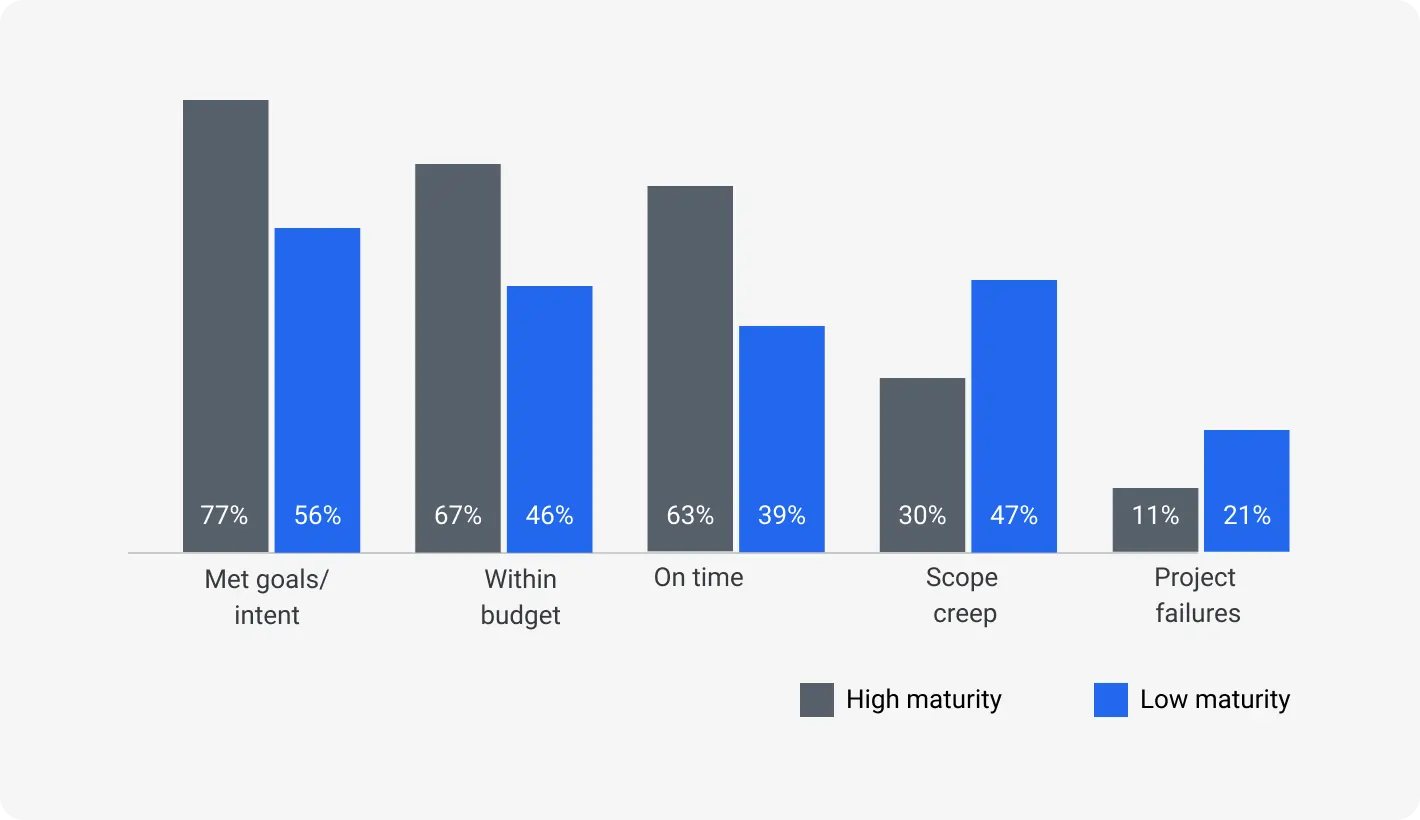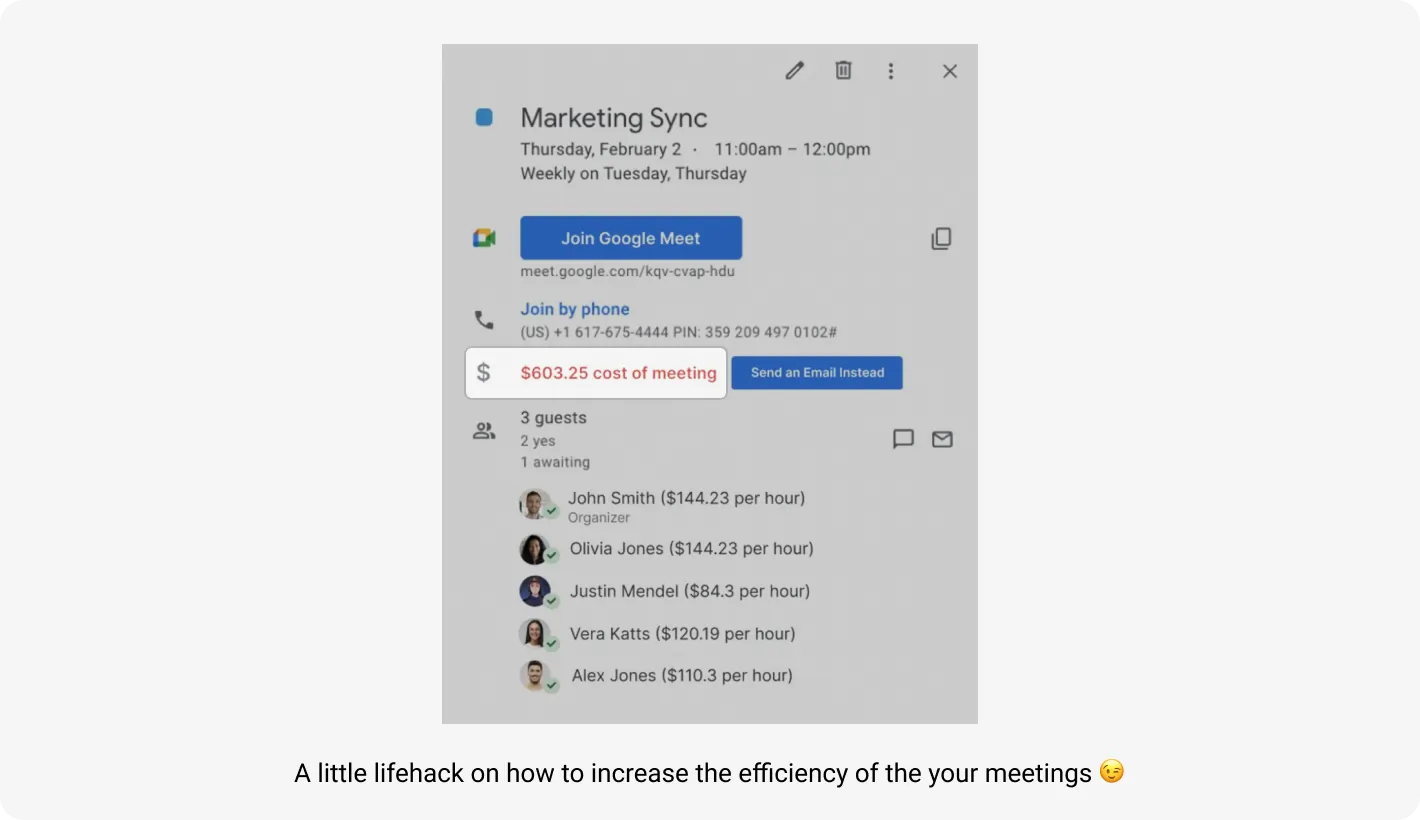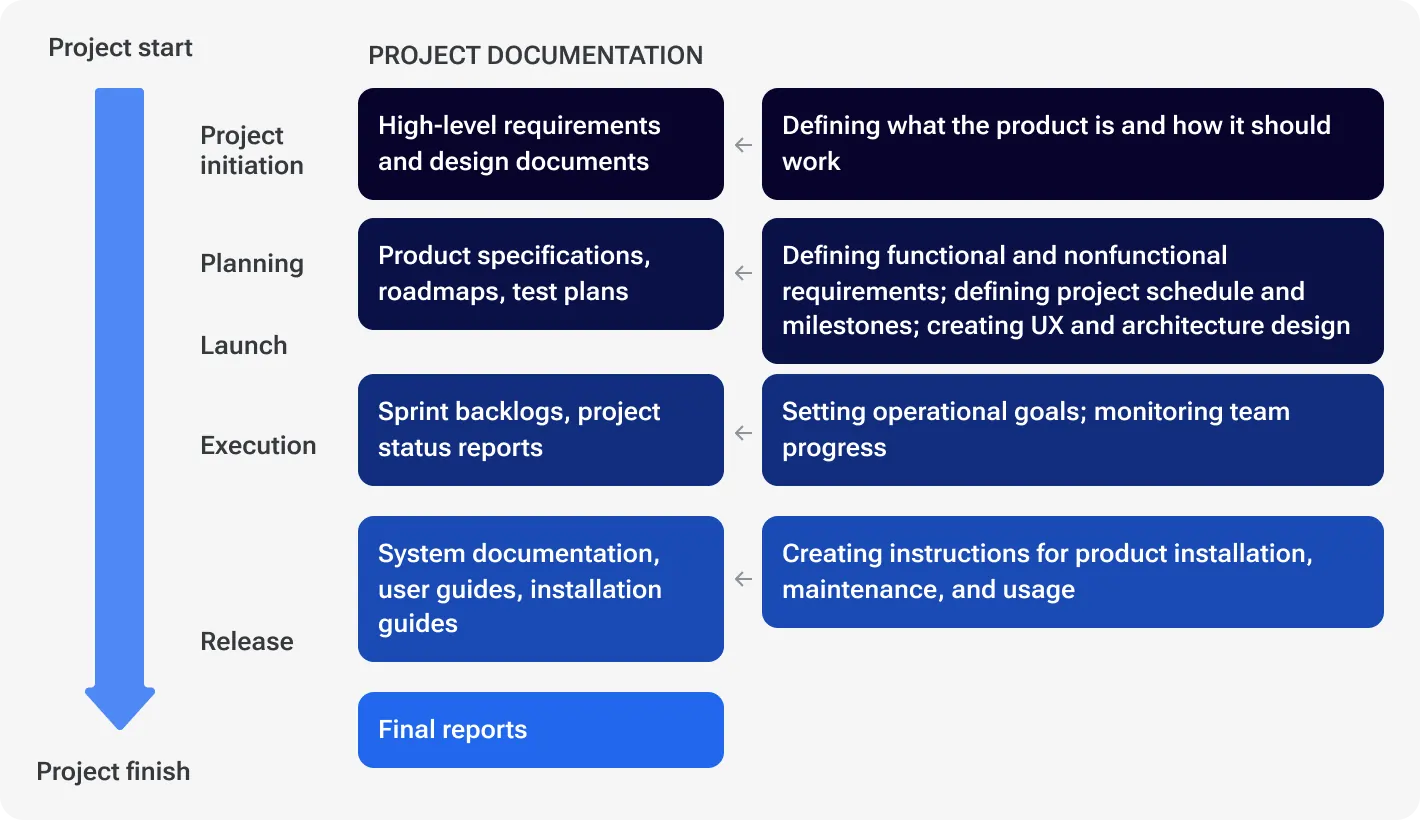Outsourcing to Czechia

How much does it cost to hire developers in Czechia?
Dec 2nd 25 - by Devico Team
Find out how much it costs to hire software developers in Czechia in 2025. Compare hourly rates, roles, and factors that impact pricing.
Hire
Hire by role
Hire Front-end developers
Hire Back-end developers
Hire Full-stack developers
Hire Android developers
Hire iOS developers
Hire Mobile developers
Hire AI engineers
Hire ML engineers
Hire Automation QA engineers
Hire Blockchain developers
Hire Data engineers
Hire Cloud engineers
Hire by skill
Hire JavaScript developers
Hire TypeScript developers
Hire Ruby on Rails developers
Hire React Native developers
Hire Flutter developers
Hire Golang developers
Hire React.js developers
Hire Python developers
Hire PHP developers
Hire .NET developers
Hire Java developers
Hire Laravel developers

BOT
August 14, 2024 - by Devico Team
Summarize with:
The Build-Operate-Transfer (BOT) model is gaining ground in IT outsourcing. Deloitte stated that 57% of companies use outsourcing to cut costs, while 52% focus on core business functions. The BOT model provides a balanced strategy that leverages external expertise and gradually transfers control to the client.
Due to its structured approach and ability to deliver both immediate and long-term value, the Build-Operate-Transfer model confidently steps toward seamless outsourcing.
And this progress has its time in top companies. For example, IBM partnered with Truist Financial Corp to advance its technology infrastructure. Through their Innovator in Residence program, IBM and Truist collaborated on emerging quantum computing technology, enhancing Truist's operational capabilities.
Meticulous planning and execution are crucial for a seamless BOT transition. Each phase – build, operate, transfer – requires careful coordination and clear communication to avoid common pitfalls and ensure project success. Without these measures, projects risk delays, budget overruns, and misaligned objectives.
We present a comprehensive BOT checklist designed to guide IT professionals through each phase of the BOT model.
When planning your journey to unknown places, it’s important to carry at least a map (not to mention a GPS device) to understand how to get around. The same is with the BOT project phases. Let’s map your journey.
It is the initial stage where the vendor lays the foundation of the project. Typically, this stage involves the ABCs of the project.
- Infrastructure setup: Establishing servers, networks, and databases.
- Technology selection: Choosing programming languages (e.g., Python, Java), frameworks (e.g., React, Django), and tools (e.g., Git for version control, Jira for project management).
- Talent acquisition: Hiring developers, engineers, and other IT professionals.
- Process development: Creating workflows and project management methodologies. Agile or Scrum methodologies for IT project management, CI/CD pipelines with tools like Jenkins, and setting up automated testing frameworks.
1. Fully functional IT infrastructure.
2. A dedicated and skilled project team.
3. Documented workflows and processes.
This is where your outsourcing partner manages day-to-day operations: optimizes all the processes and ensures everything runs smoothly and meets performance standards.
- System maintenance: Regular updates and troubleshooting.
- Performance monitoring: Using tools like Nagios or Datadog to track system performance.
- Process optimization: Continuously improving workflows for efficiency.
- Incident management: Handling issues and outages promptly. Having a clear escalation path and using IT service management (ITSM) tools like ServiceNow.
1. Stable and efficient IT operations.
2. Detailed performance reports.
3. Optimized processes and workflows.
The stage where ownership and control are gradually handed over to the client. This phase ensures that the client’s team is fully prepared to take over operations.
- BOT knowledge transfer: Training sessions and documentation handover: user manuals, system architecture diagrams, and detailed operational procedures.
- Transition planning: Gradual transfer of responsibilities.
- Support and troubleshooting: Ongoing support to address any issues during the transition.
1. Fully trained internal team.
2. Comprehensive documentation of all processes and systems.
3. Smooth transition with minimal disruptions.
Each phase requires meticulous planning and execution to ensure the project meets its goals and delivers value at every stage.
> Importance: 70% of IT projects fail due to poor requirement gathering. On the other hand, detailed needs assessments typically lead to a 30% increase in project success rates.
> Best practices: Maybe this will sound corny, but don’t shy away from using the SWOT analysis. Evaluate strengths, weaknesses, opportunities, and threats and make sure to engage stakeholders across departments for comprehensive input.
> Importance: Clear scope and objectives prevent scope creep and misaligned expectations. Projects with well-defined scopes are more likely to be completed on time and within budget.
> Best practices: Develop SMART (Specific, Measurable, Achievable, Relevant, Time-bound) goals. Regularly review and adjust objectives as needed.
> Importance: 93% of companies say that choosing the right partner and establishing a dedicated project manager is key to outsourcing success. The right partner brings expertise, experience, and a cultural fit. Look for a provider with a proven track record of successful BOT implementations and expertise in your specific industry.
> Best practices: Check Clutch, Superb Companies, and similar platforms for candidate’s track record, client testimonials, and case studies. If there is a chance, conduct personal interviews and site visits.
> Importance: SLAs were created for managing expectations in outsourcing. There are many situations when the client and the vendor have different understanding of implementation ways and even product readiness. Setting expectations for performance, timelines, and deliverables ensures accountability. By the way, the more mature the vendor is, the clearer its SLAs will be.

> Best practices: Define metrics for performance, outline penalties for non-compliance, and review SLAs regularly.
> Importance: Proper infrastructure setup is the backbone of the project as it supports all subsequent activities. A plan to create the National Health Service brought about billions of pounds in bills. Many infrastructure problems and irrelevant solutions led to the project's failure.
> Best practices: Use cloud solutions like AWS or Azure for scalability. Conduct pilot tests to identify potential issues early. Consider factors like scalability, security, and potential compatibility issues.
> Importance: Skilled professionals are your hands in this project. Poor recruitment can delay scopes by up to 40%.
> Best practices: There is a prejudice that in-house specialists are always better since it’s much easier to control them. However, remote workers or even an outstaffing team can also be a perfect fit. So, don’t shy away from using a mix of in-house recruiters and specialized agencies. What matters is a relevant experience and cultural fit. Identify any skills gaps within your internal IT team and develop a plan to address them: you can get by existing personnel, just let them level up their skills, or hire new talent with expertise in the technology being implemented.
Involve key stakeholders from your company throughout the Build phase to ensure alignment and address concerns proactively.
Maintain open communication with your outsourcing partner and foster a collaborative environment.
Regularly review project progress and adapt plans as needed to stay on track.
> Importance: Communication is probably the most common concern when it comes to IT project management. Some studies show that almost a third of the surveyed believe that it’s become complicated to communicate with colleagues. At the same time, endless meetings are a problem for 65% of employees in the US.
> Best practices: Use Slack, Microsoft Teams, or any other suitable tool for real-time communication. But what is more important is to establish clear comms protocols that will outline the culture and the order of communication.

> Importance: You can either rely on your intuition (which is not bad; especially if you are a seasoned CEO or CTO), or on clear progress/regress indicators. While intuition is important in business, clear KPIs help to avoid severe missteps. Well-defined KPIs significantly improve project performance in almost any industry.
> Best practices: Align key performance indicators with business goals. Here are some of the commonly used ones.
Technical KPIs: System uptime, response times, incident resolution time (MTTR), and mean time between failures (MTBF).
Business KPIs: Total cost of ownership (TCO) and return on investment (ROI).
User satisfaction KPIs: Conduct user surveys and monitor helpdesk ticket trends to gauge user satisfaction and identify areas for improvement in the solution's usability.
Tip: Use Tableau or Power BI for tracking and visualization.
> Importance: Smooth handovers ensure continuity and minimize disruptions. Yet, don’t wait until the Transfer phase to initiate knowledge transfer. Start early by embedding knowledge-sharing practices throughout the Operate phase.
> Best practices:
Develop detailed runbooks: Document operational procedures, troubleshooting techniques, and configuration details for the IT solution.
Facilitate knowledge-sharing sessions: Organize regular workshops where your partner can share technical expertise and train your internal IT team on the solution’s maintenance.
Encourage knowledge capture: Implement a system for capturing and centralizing operational best practices learned throughout the Operate phase.
> Importance: Continuous monitoring helps identify issues early and improves operational performance. While an outsourcing partner is responsible for monitoring throughout BOT project phases, it’s still crucial to actively participate in performance reviews.
> Best practices: Use monitoring tools like Nagios or Datadog. Set up automated alerts for critical metrics.
> Importance: Retrospective is one of your best aiders in this journey. Regular reviews keep all stakeholders posted and allow for possible adjustments. Per some studies, it’s not accidental that over 80% of projects without regular reviews were delivered with critical defects.
> Best practices: Hold weekly or bi-weekly review meetings. Use performance data to drive discussions and decisions.
Do your best to create a collaborative environment where both teams work together. This is the shortest way to mutual understanding and alignment.
Leverage data analytics to gain deeper insights into the solution's performance and identify opportunities for optimization.
Open communication is key. Encourage feedback (from end-users, too) to ensure the solution effectively meets their needs.
> Importance: The end goal of the BOT model is to hand over knowledge and, hence, operations to the client. So, a thorough BOT knowledge transfer plan reduces transition time.
> Best practices: Include detailed documentation, regular training sessions, and hands-on practice. It’s better to offer support for post-transfer queries to ensure continuity and address any arising issues. Similarly to the entire model, transfer knowledge gradually, starting with shadowing sessions where the internal team observes the partner’s operations and followed by reverse shadowing where the partner oversees the internal team’s activities.
> Importance: Clear-cut documentation prevents knowledge loss and ensures operational consistency. Mature and well-prepared companies (with clearly outlined processes and up-to-date documentation) are 92% more likely to succeed.
> Best practices: Use documentation tools (Confluence, Notion, etc.) for creating and maintaining detailed process documents. Also, take into account the following:
Configuration management: Document the configuration settings and maintenance procedures for various components of the solution.
Incident management: Outline the established processes for identifying, troubleshooting, and resolving technical issues.
Change management in BOT projects: Document the procedures for implementing changes and updates to the solution while minimizing disruption.

> Importance: Prepares internal teams to manage operations independently. Effective training drastically increases the client’s team efficiency.
> Best practices: Utilize a mix of theoretical and practical training sessions. Implement interactive training methods such as simulations, role-playing, and scenario-based exercises to enhance learning. Schedule follow-up sessions to reinforce knowledge and address any gaps. The must-have points in your training:
System architecture: The ABC. Provide a thorough understanding of your solution and its various components.
Troubleshooting techniques: Make sure the client’s team now can diagnose and resolve common technical issues.
Security protocols: Ensure the team understands the security practices and procedures in place to protect the solution.
> Importance: Validation ensures the effectiveness of the knowledge transfer and readiness of the internal team.
> Best practices: Conduct mock operations and simulations to validate the internal team’s readiness. We’re providing the checklist here. So you should do the same — use detailed checklists and performance metrics to evaluate the success of the knowledge transfer. Collect feedback from the internal team to identify and address any remaining gaps.
> Importance: Think through every step of the handover process if you want to minimize disruptions and ensure continuity during the transition. A well-planned handover can improve overall project satisfaction since, when it comes to work, we all like a comprehensive and structured approach to chaos.
> Best practices: Develop a detailed handover plan that outlines the step-by-step process for transferring responsibilities. Visualize it: you can even use simple tools like Visme, Miro, or any other mind-mapping tool. Gradually increase the internal team’s responsibilities while decreasing the outsourcing partner’s involvement. Schedule regular check-ins to monitor progress and address any issues promptly.
> Importance: This step provides ongoing support to address any issues post-transfer. Effective support mechanisms can reduce downtime and positively impact the reputation of the outsourcing partner.
> Best practices: Vendors should set up a dedicated support team to handle post-transfer queries and issues. Zendesk and Freshdesk help manage support requests while a knowledge base and troubleshooting guides help the internal team find answers to common questions.
Involve key stakeholders from both your organization and the outsourcing provider to ensure alignment. This is an important action at any stage but here it’s vital.
Encourage open communication and foster a collaborative environment to facilitate knowledge exchange and smooth transition.
Measure the success of the knowledge transfer by monitoring the internal team's ability to manage the solution independently.
Implementing BOT model: Common challenges and how to overcome them
During the BOT transition, you may encounter several challenges, including unclear communication, mismanaged expectations, and resistance to change. Consequently, there are delays, increased costs, and suboptimal outcomes.
A notable example of how unclear communication and mismanaged expectations can affect a project is the Denver International Airport's automated baggage handling system. Just imagine: USD 1.1M per day for 16 months. Nutty figures that, however, brought about positive changes in the industry.
Yet, the project itself ended up with over USD 500M loss. The team faced numerous issues, including misaligned expectations between the city and the contractors. The lack of clear communication led to significant delays and cost overruns, ultimately resulting in the abandonment of the automated system.
So, let’s run through similar common solutions in terms of BOT implementation.
> Solution: Set up consistent communication channels from the very beginning. Regularly conduct meetings and keep the team and stakeholders posted, using collaboration tools like Slack or Microsoft Teams. Allocate clear roles and responsibilities for all parties involved in the BOT project. This ensures everyone understands their contribution and avoids confusion.
> Best practices: Schedule weekly or bi-weekly check-ins to ensure all stakeholders are aligned. Use project management tools like Jira or Trello to track progress and communicate updates. Encourage an open-door policy where team members can raise concerns or ask questions freely.
> Solution: Detailed documentation for all processes, workflows, and project goals is a must. Ensure that all stakeholders have access to these documents and understand their content. A corny advice, yet crucial (and sometimes missed).
> Best practices: Confluence or Notion will help create and maintain comprehensive documentation. Regularly review and update documents to reflect changes and improvements. Provide training sessions to ensure the internal team is familiar with all documentation.
> Solution: Take a strategic approach. Develop and run a robust change management strategy to address resistance to change. How? Lead by example, show a positive impact, involve employees early in the transition process, and provide adequate training.
> Best practices: A change management plan that outlines the steps for managing change should include stakeholder analysis, communication plans, and training programs. Use frameworks like ADKAR (Awareness, Desire, Knowledge, Ability, Reinforcement) to guide the change management process. Conduct regular feedback sessions to gauge employee sentiment and address concerns promptly.
The BOT model presents a strategic opportunity for SMEs and big enterprises to optimize their IT infrastructure and become more efficient. However, transitioning through the Build, Operate, and Transfer phases requires careful planning and a structured approach.
Even minor missteps during transitions can disrupt project timelines, inflate costs, and ultimately hinder the realization of the model's full potential. Download this BOT Transition Checklist to get a valuable companion, providing a step-by-step roadmap for a smooth and successful journey.
Or go beyond simply running through blog articles and leverage our technical expertise. Book a free 1-hour consulting session and together we’ll figure out how we can solve your challenges.
Outsourcing to Czechia

Dec 2nd 25 - by Devico Team
Find out how much it costs to hire software developers in Czechia in 2025. Compare hourly rates, roles, and factors that impact pricing.
Outsourcing to Czechia

Nov 25th 25 - by Devico Team
Compare Czechia and Poland for software outsourcing in 2025. Discover costs, talent, infrastructure, and which country fits your project best.
Outsourcing to Czechia

Nov 18th 25 - by Devico Team
A complete guide to outsourcing software projects to Czechia, learn about costs, talent, benefits, and how to build successful partnerships in 2025.